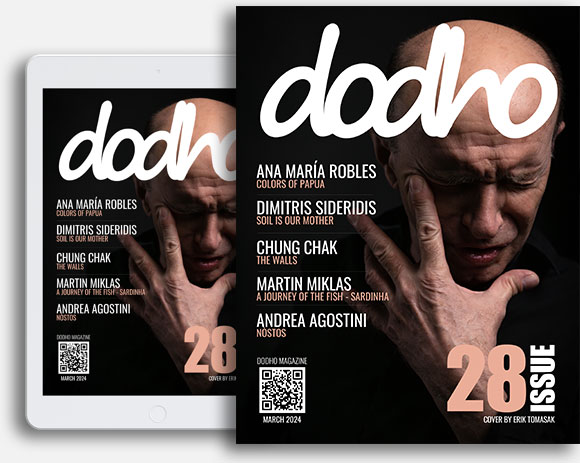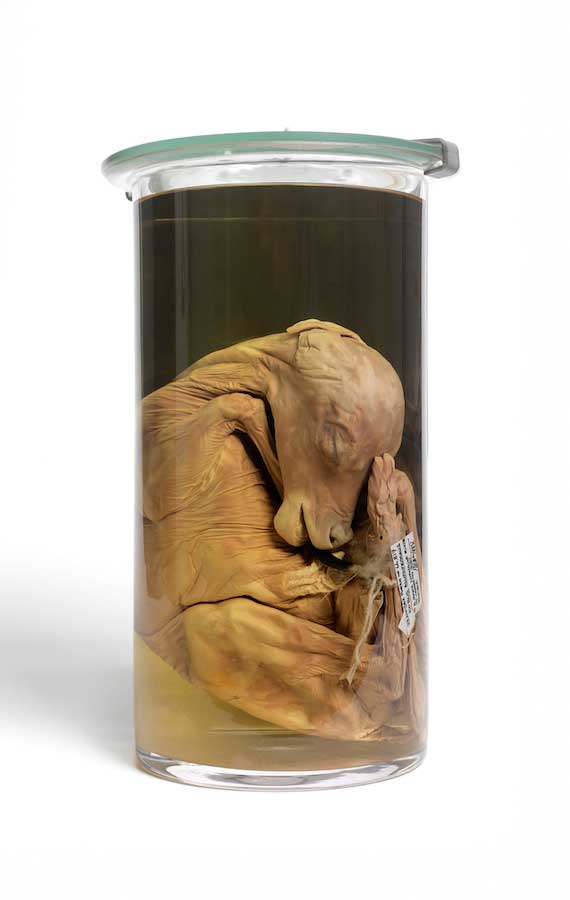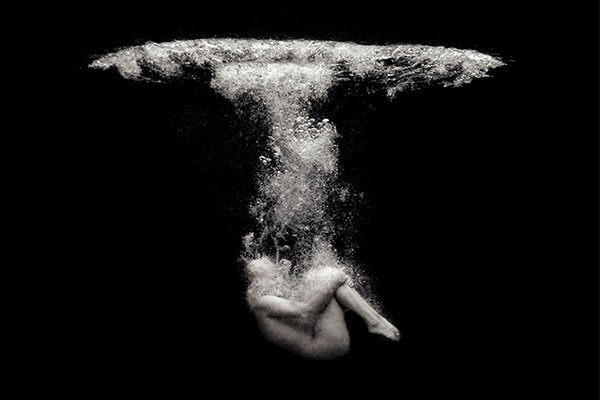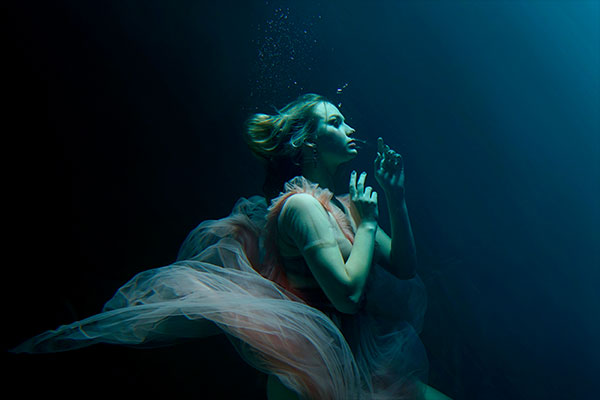The wonderful bottled specimens seen here were all photographed in the Darwin Centre, part of the Natural History Museum in London. It is named in recognition of the work of Charles Darwin the English naturalist born in 1809.
In 1836 Darwin joined the second voyage of HMS Beagle to see the tropics before becoming a Parson. By the end of the expedition, 5 years later, he had made his name as a geologist and fossil collector.
Images seen here are from behind the scenes of the museum, showing some wonderful examples from their collection of 450,000 specimens, all pickled in jars, and built up over more than 300 years, including some which came from Darwin’s celebrated voyage on the Beagle, giving us a record of these nineteenth century adventures.
As many as 90% of the world’s species are yet to be named and classified. Naming, identifying and investigating the relationships of organisms are key to our understanding of the natural world and a major area of scientists’ research.
The Museum’s collections serve many purposes. The specimens form an educational and inspiring role for viewers and form the basis of research projects carried out by scientists and researchers from all over the world. These projects include solving problems in agricultural, medical and forensic science.
The more we know about the natural world and its biodiversity the more we can do to protect it. By looking back over biological records, we can determine whether a particular species has decreased in number and look at the factors that may be causing this. Not surprisingly, the collecting methods today have changed significantly since the days of the Victorians, who collected all manner of weird and wonderful organisms and objects which they conserved using an amazing variety of containers, preservatives, seals and labels. [Official Website]
“It is not the strongest or the most intelligent who will survive but those who can best manage change.” ― Charles Darwin1809 –1882



























